This course gives a chance to visit and study several architectural master-pieces in Tokyo.
We have many legendary architectural works in this city, but they would not be easily found by foreign visitors because of their environments; Tokyo is the largest city in the world, of which the environment consists of sheets of buildings with many different sizes, volumes, distances and densities for every possible activities of 35million citizens in total. It looks a bit different from other modernized cities in the world, but all of Japanese architectural innovations is a response to the environments in this city.
Students will visit one architectural work at first week; such as public building, commercial building, private building and public garden. Then students will study/research it by oneself for making presentation individually at the next week.
(In case of Corona virus were too serious to visit each architecture, the course would be cancelled. Or, the architecture to be visited would be changed.)
We have many legendary architectural works in this city, but they would not be easily found by foreign visitors because of their environments; Tokyo is the largest city in the world, of which the environment consists of sheets of buildings with many different sizes, volumes, distances and densities for every possible activities of 35million citizens in total. It looks a bit different from other modernized cities in the world, but all of Japanese architectural innovations is a response to the environments in this city.
Students will visit one architectural work at first week; such as public building, commercial building, private building and public garden. Then students will study/research it by oneself for making presentation individually at the next week.
(In case of Corona virus were too serious to visit each architecture, the course would be cancelled. Or, the architecture to be visited would be changed.)
To understand and learn the background, intent, the reality that the urban environment and architecture was built
- Have an insight on various problems related to architectural design and the urbanized environment
- Have a wide knowledge o the relationship between the environment and the society
- Have a perspective for elaborating the methodology of designing architecture and the environment
| Class schedule | HW assignments (Including preparation and review of the class.) | Amount of Time Required | |
|---|---|---|---|
| 1. | Guidance | about the class | 60minutes |
| 2. | Visit 1 | Shibuya district, Yoyogi olympic pool by Kenzo Tange (public building with open space) |
60minutes |
| 3. | Presentation 1 | Presentation of 1st visit, with analysis and research. | 120minutes |
| 4. | Visit 2 | Minato district, Omote-sando hills by Tadao Ando, Tods building by Toyo Ito, or Prada building by Herzog & deMeuron (commercial building along boulevard) |
60minutes |
| 5. | Presentation 2 | Presentation of 2nd visit, with analysis and research. | 120minutes |
| 6. | Visit 3 | Shibuya district, Yoyogi-uehara, a private house by Kazuo Shinohara |
60minutes |
| 7. | Presentation 3 | Presentation of 3rd visit, with analysis and research. | 120minutes |
| 8. | Visit 4 | Shibuya district, Daikanyama Hill side terrace by Fumihiko Maki or other building. |
60minutes |
| 9. | Presentation 4 | Presentation of the building visited(or researched)in the last week, with analysis and research. | 120minutes |
| 10. | Visit 5 | Ueno district National Diet Library International Library of Children's Literature by Tadao Ando or other building. |
60minutes |
| 11. | Visit 6 | Koto district or Tokyo bay area Tokyo Mokuzai Tonya Kyoudou Kumiai by Nikken Sekkei or other building. |
60minutes |
| 12. | Presentation 5 | Presentation of one of the commercial buildings visited(or researched)in the last 2weeks, with analysis and research. | 120minutes |
| 13. | Visit 7 | Bunkyo district Rikugien garden or other garden. |
60minutes |
| 14. | Presentation 6 | Presentation of the building visited(or researched)in the last week, with analysis and research. | 120minutes |
| Total. | - | - | 1200minutes |
| Presentations | Total. | |
|---|---|---|
| 1. | 40% | 40% |
| 2. | 30% | 30% |
| 3. | 30% | 30% |
| Total. | 100% | - |
Each visit and presentation will be evaluated evenly ; visit 50%, presentation 50%.
The perfect score is 100, and the score more than 60 will get a credit.
The perfect score is 100, and the score more than 60 will get a credit.
| ways of feedback | specific contents about "Other" |
|---|---|
| Feedback in the class |
- Whenever necessary, however, the appointment is required
| Work experience | Work experience and relevance to the course content if applicable |
|---|---|
| Applicable | Lecture by faculty with practical experience |
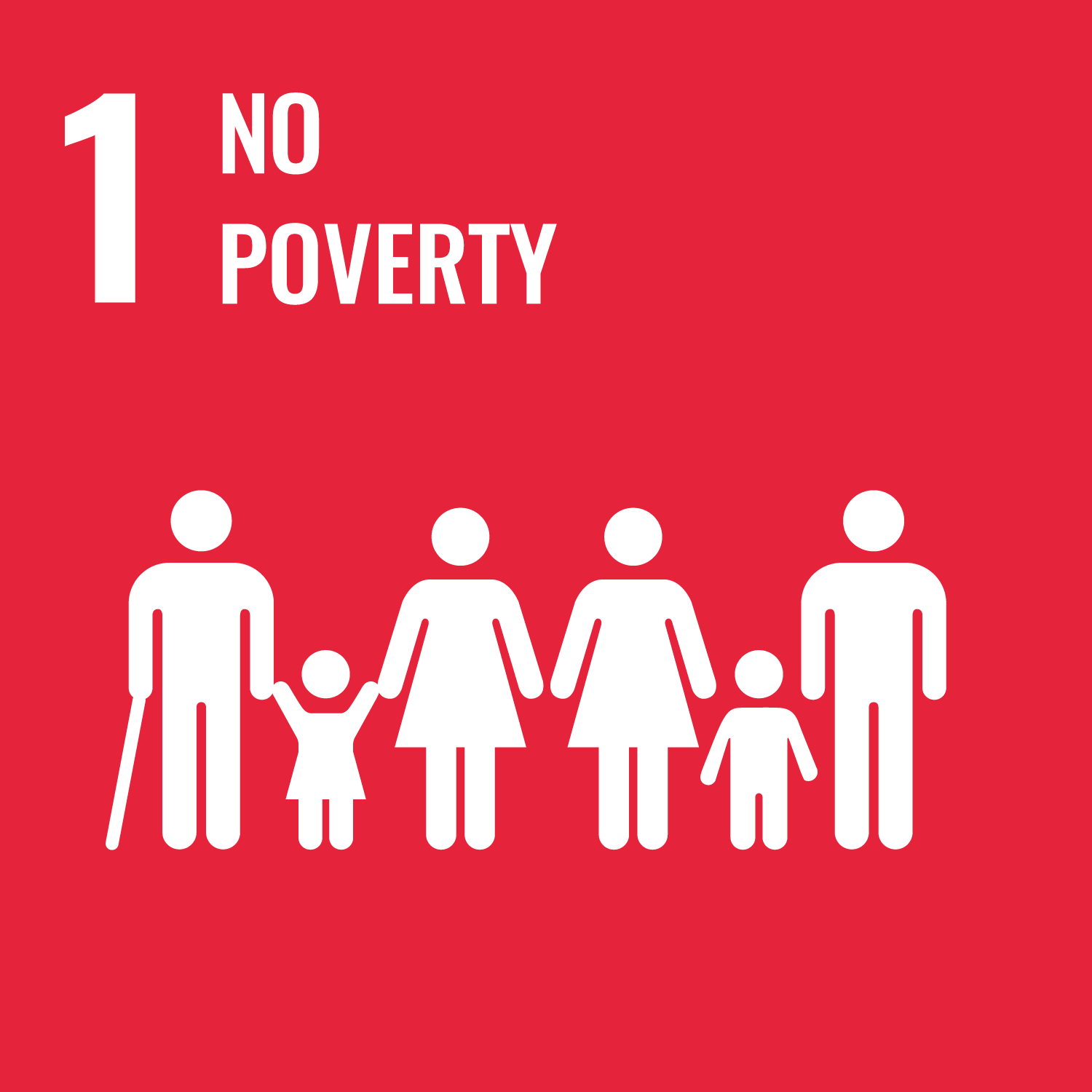
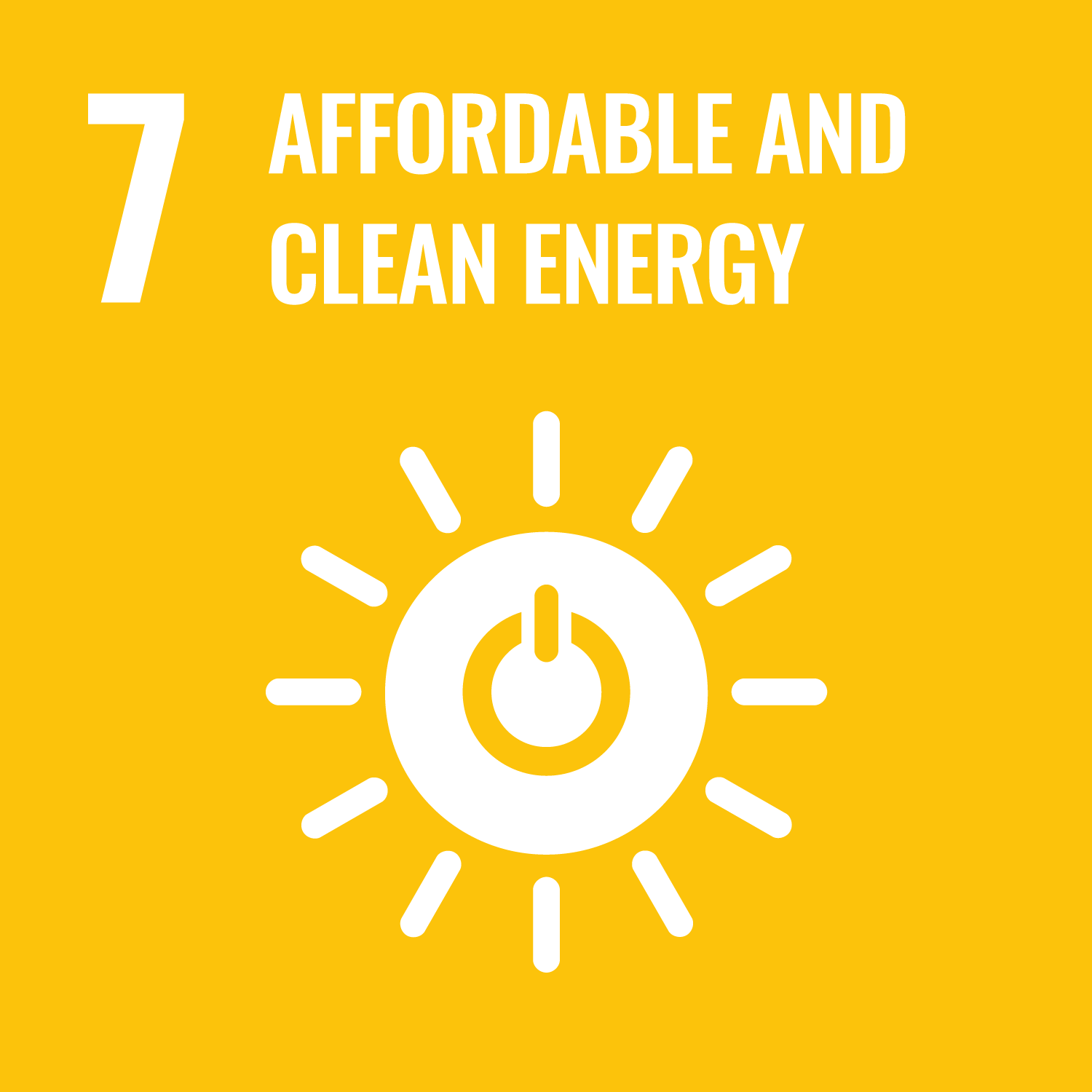
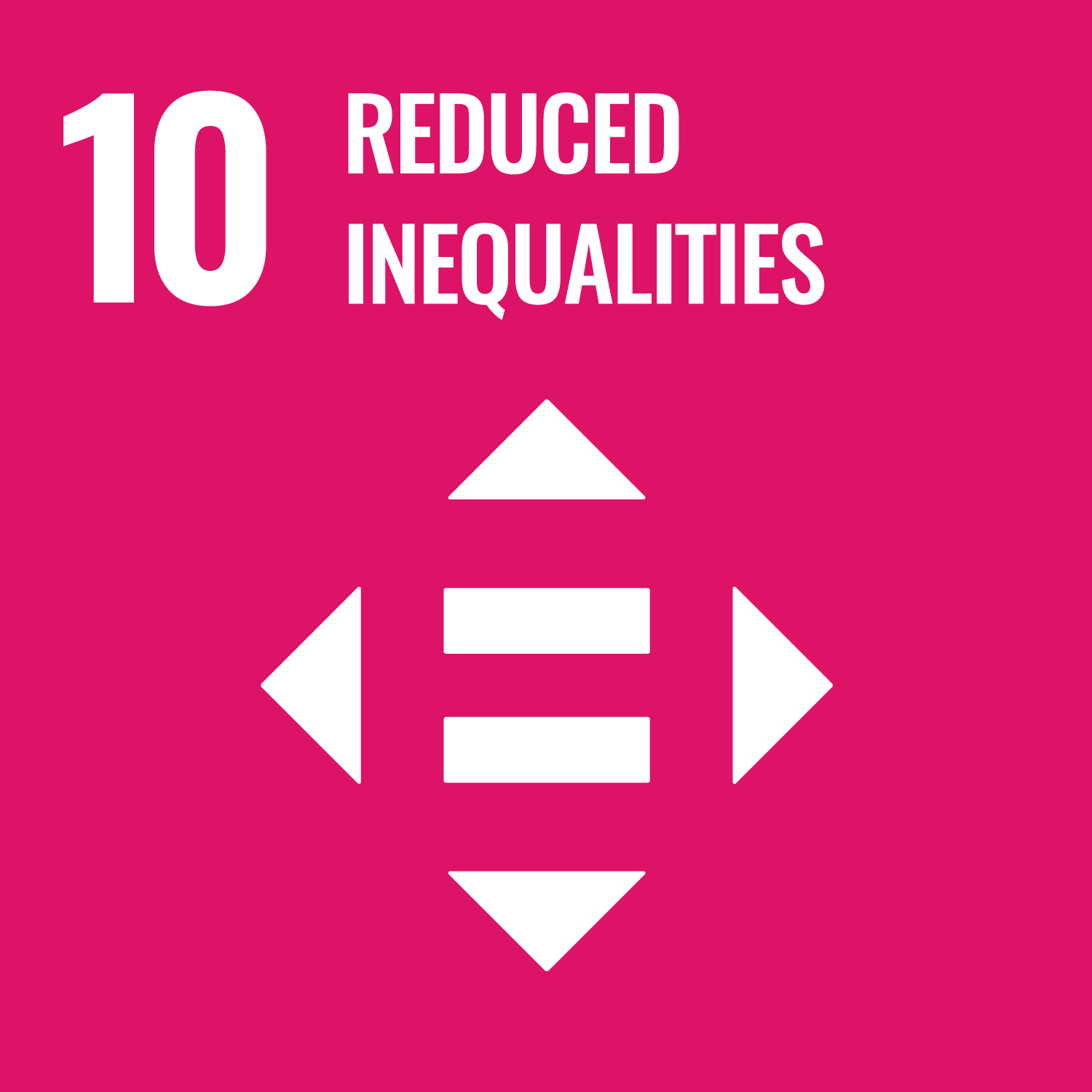
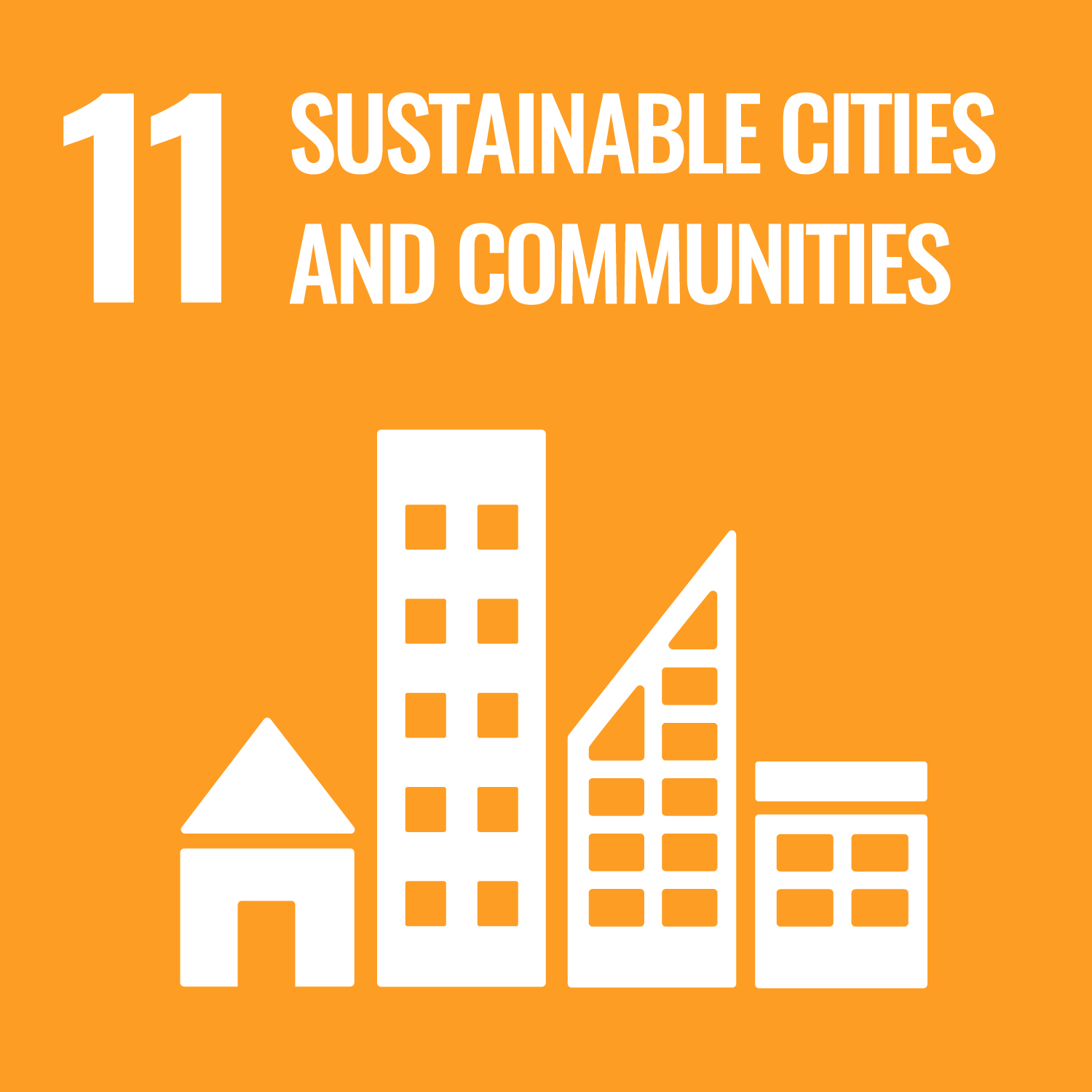
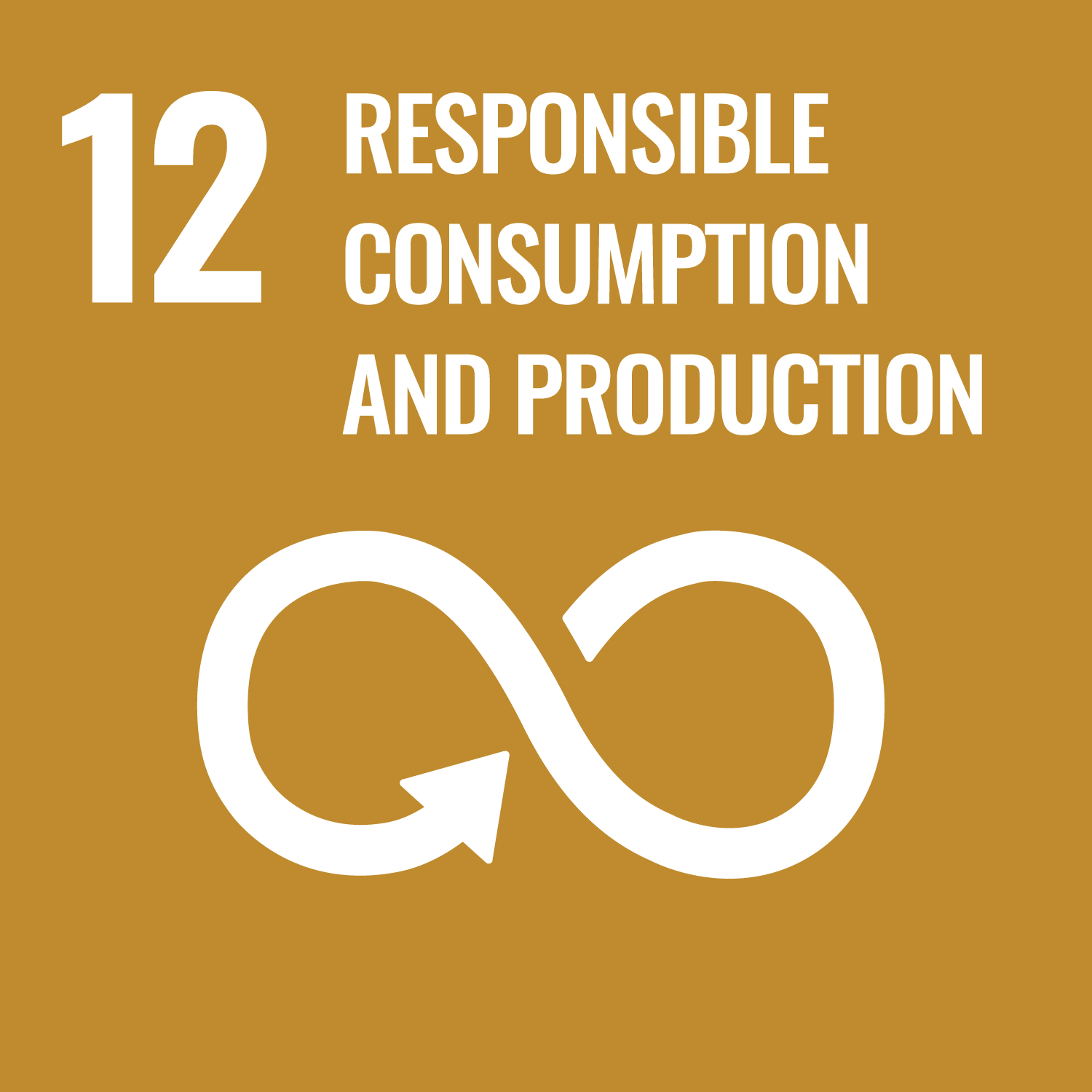
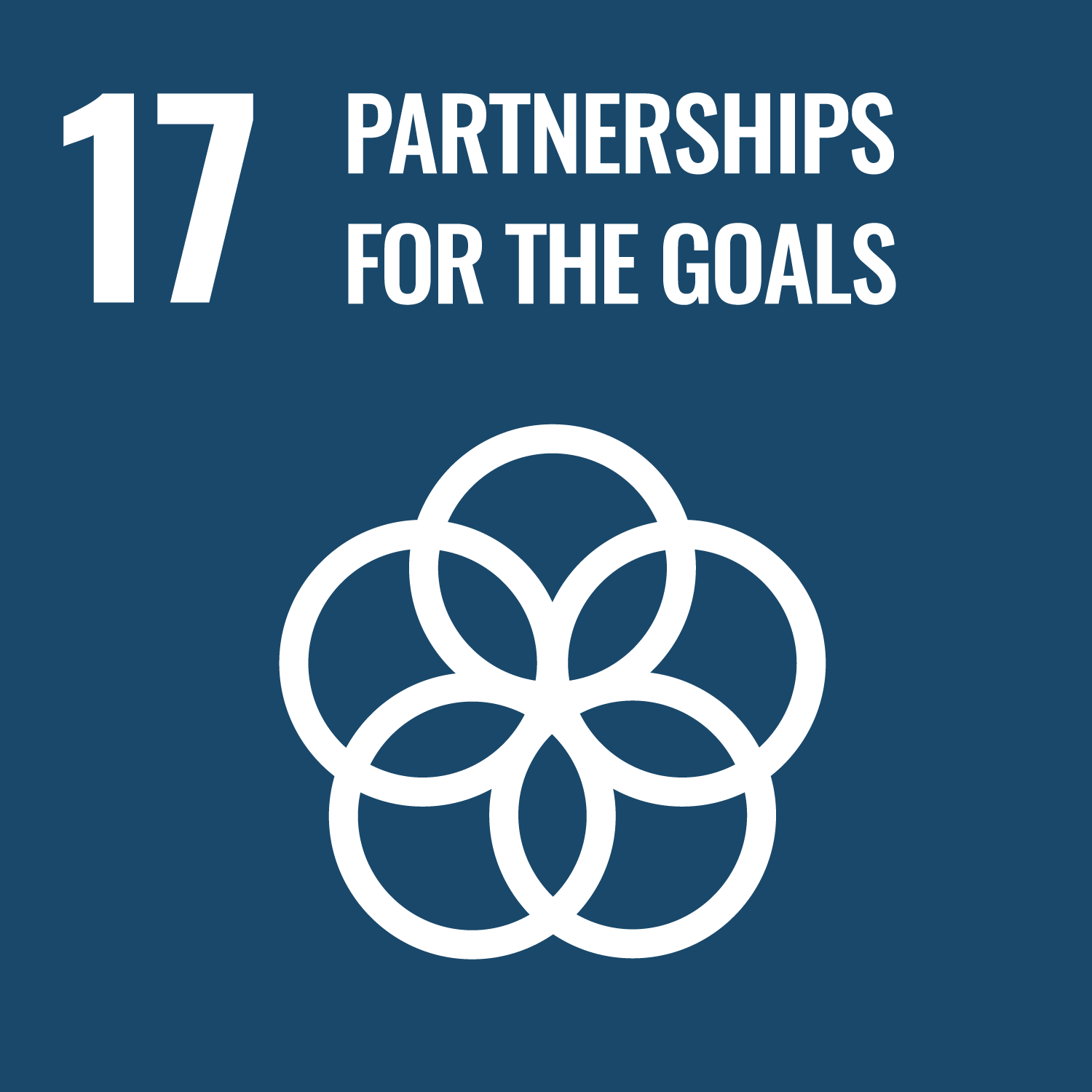
- 1.NO POVERTY
- 7.AFFORDABLE AND CLEAN ENERGY
- 10.REDUCED INEQUALITIES
- 11.SUSTAINABLE CITIES AND COMMUNITIES
- 12.RESPONSIBLE CONSUMPTION & PRODUCTION
- 17.PARTNERSHIPS FOR THE GOALS
Last modified : Sat Sep 09 05:51:55 JST 2023
